Salvage Your Golf Swing With 5 Tips From A Resurgent Major Champion
Re-discovering your best golf after a lull is never easy, but there are certain pro-active steps you can take. These 5 expert tips are a great place to start...


Most golfers will admit to experiencing a lull in their performance on the course at some point or another, and many of us will empathise with the feeling of sheer horror that you might never re-find your form.
This can happen to golfers at any level, whether a high-handicap amateur golfer or a former Major Champion. However, with the right expert tips and the necessary practise, it's possible to once again surge back to your best.
Former US Open Champion Lucas Glover is a great example of that. After becoming a Major winner and picking up two further PGA Tour titles, Glover went more than 10 years without winning on tour before capturing three trophies in just over 25 months.
In this article, Lucas Glover shares five expert tee-to-green tips in order to help you play your best golf...
1. Driver
Alignment is critical with the driver. You need to make sure that your shoulders and your feet are pointed properly towards the target that you have picked out. Ball position is key as well. You don’t want to be cramping yourself and have the ball too far back in your stance. You want it to be off your front foot so you can hit up on your drives.
Rhythm is also a big key. You want to feel like your swing is fast but not rushed. Swing within yourself. Those are the three things with driving that I focus on. Once you have checkpoints for those three things on each drive, it will give you a lot of confidence for your execution.
Start with the basics as those never change. Don’t let yourself get bored by the simple stuff. The simple stuff is very important on every swing with your driver.
Get the Golf Monthly Newsletter
Subscribe to the Golf Monthly newsletter to stay up to date with all the latest tour news, equipment news, reviews, head-to-heads and buyer’s guides from our team of experienced experts.
2. Iron Play
Start on the ground with your iron play as you check off your list. Ball position is very important. It varies for me with each iron by a small fraction. I just really try to make sure on all of my iron shots that I’m hitting down on it. I really want to compress the ball on every shot. That’s a good way to think about it as you go through impact.
I think a lot of people try to get it in the air instead of letting the club do the work. It really comes down to the simple stuff, the loft is there to get the ball in the air comfortably, and to do that you actually have to hit down on it.
Higher-handicappers try to lift it and it doesn’t change for us pros either. But you’ve got to compress and hit down on it to create spin and height.
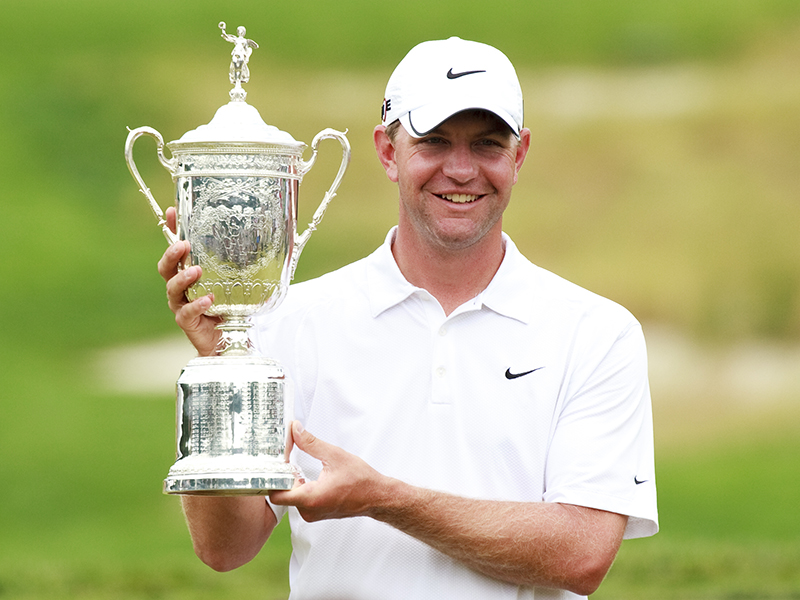
Lucas Glover won the US Open in 2009, but perhaps wouldn't have expected a 10-year drought in his PGA Tour career
3. Chipping
It depends on the type of shot you’re playing, but often you want to compress your chip shots as well. So many amateurs try to lift it and end up hitting it thin and way too far, or they chunk it.
You need to learn how to hit chip shots solidly first and then practise it. Then you can work on the height of your shots and play around with it a little bit. But for the most part, it’s all about solid contact. You want to have that as your swing thought and then hit down on the ball.
Yes, you can get a little more wristy and floppier on high, lob shots, but for the most part in chipping you want to be hitting down on it.
4. Green Reading
Green reading is the most important ‘shot’ that nobody ever talks about. It’s the most important shot that you actually never really hit. You could hit a lot of great putts during your round but if you’re not reading them well then it doesn’t even matter. When I struggle with green reading it makes the game so frustrating. I feel like I can roll it well, but if my reads get off it’s an uphill battle.
It’s important to remember that good green reading can come and go, just like anything else. You can get on a run of reading your greens well but then you also hope you’re hitting your lines. And if you’re hitting your lines, you hope you’re reading the greens well, especially at this level. You see a lot of different techniques these days for green reading but I still try to play with my eyes and just see where I want to start each putt.
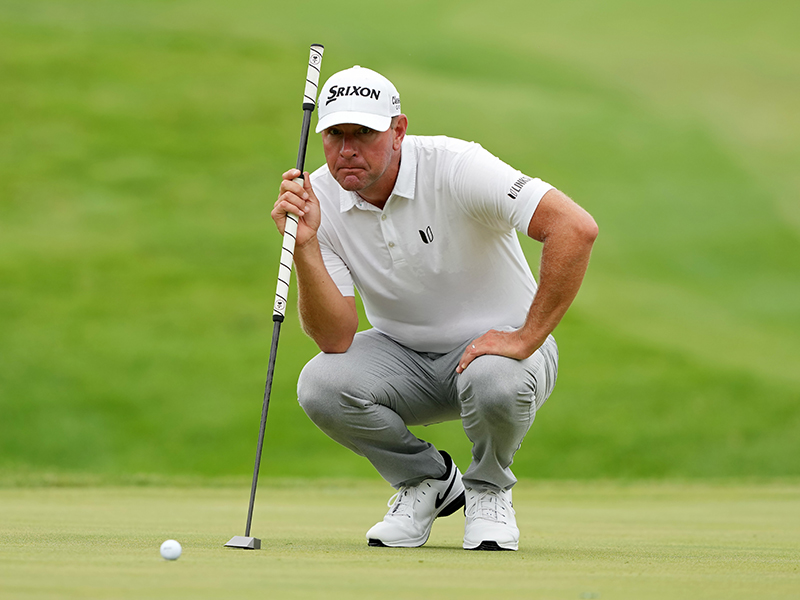
Lucas Glover uses the broomstick putter, which appears to have attributed to his upturn in form
5. Putting
Ball position and alignment are very important for me with putting as I set up over the ball. Eye position is a big key as well. Depending on your stroke you will want your eye position to be just inside the ball or on top of the ball. For me, it’s pretty much right on top of the ball.
Then, with putting, you want to use your bigger muscles in the stroke. I just try to use my shoulders in the putting stroke as much as I can, especially with this long broomstick putter I’m using.

Garrett Johnston is a golf reporter and presenter who’s covered pro golf for 12 years including over 30 majors. His goal each year is always to “grow with the rookies” on Tour. The idea is to get to know the superstars before they become household names. Tony Finau, Gary Woodland, and Patrick Reed are just some of the players Johnston has covered from their early pro careers for their hometown newspapers. Johnston’s favorite event is always The Open, and he credits his unforgettable experience covering the 2015 Open at St. Andrews where he got to interview Tom Watson (in his final Open) and winner Zach Johnson exclusively throughout the week as his favorite event so far. Johnston has also developed a strong rapport with Tour caddies and regularly contributes to Caddie Network and Golf.com. He also has his own podcast: Beyond The Clubhouse
-
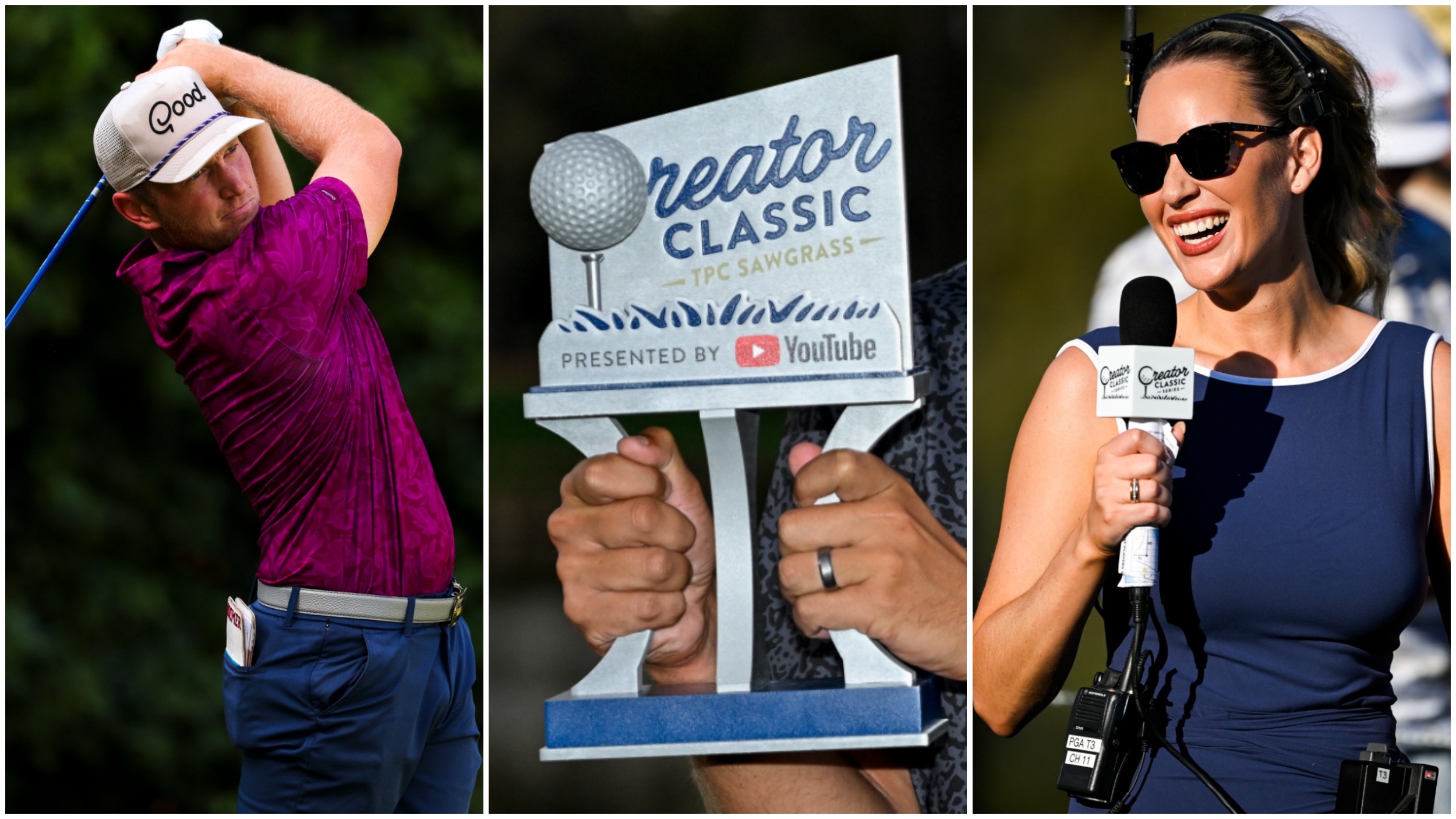 PGA Tour Truist Championship Creator Classic Line-Up And Format Revealed
PGA Tour Truist Championship Creator Classic Line-Up And Format RevealedThe PGA Tour has announced the line-up for the second Creator Classic ahead of the Truist Championship - with YouTubers from outside golf taking on the challenge
By Paul Higham
-
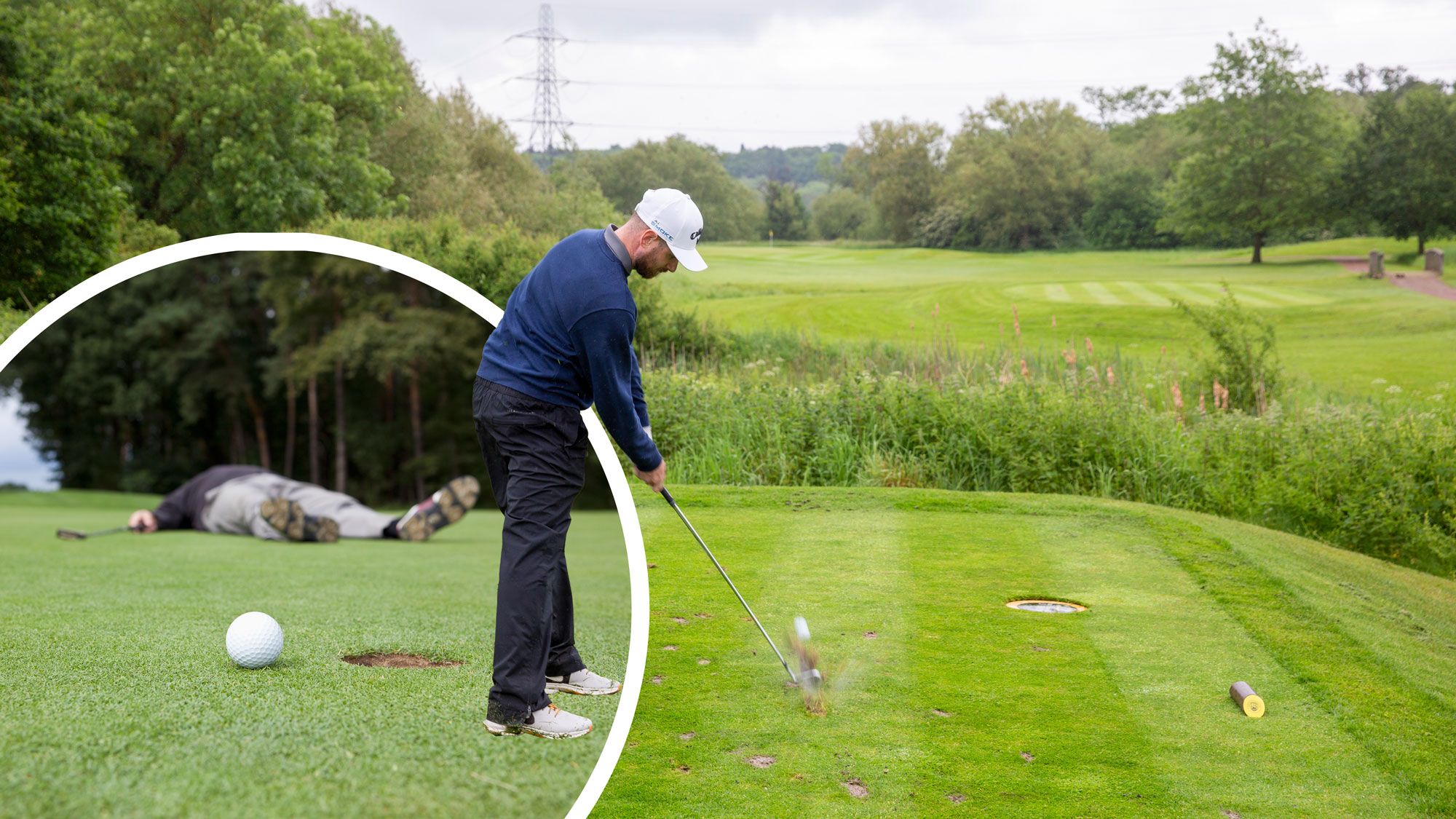 Are You Tired Of Your High-Handicap Golfer Status? These 4 Substantiated Tips Are Your Salvation
Are You Tired Of Your High-Handicap Golfer Status? These 4 Substantiated Tips Are Your SalvationBeing a high-handicap golfer is not easy, with consistency being difficult to establish and progress hard to come by... until you try these four simple tips!
By Barry Plummer
-
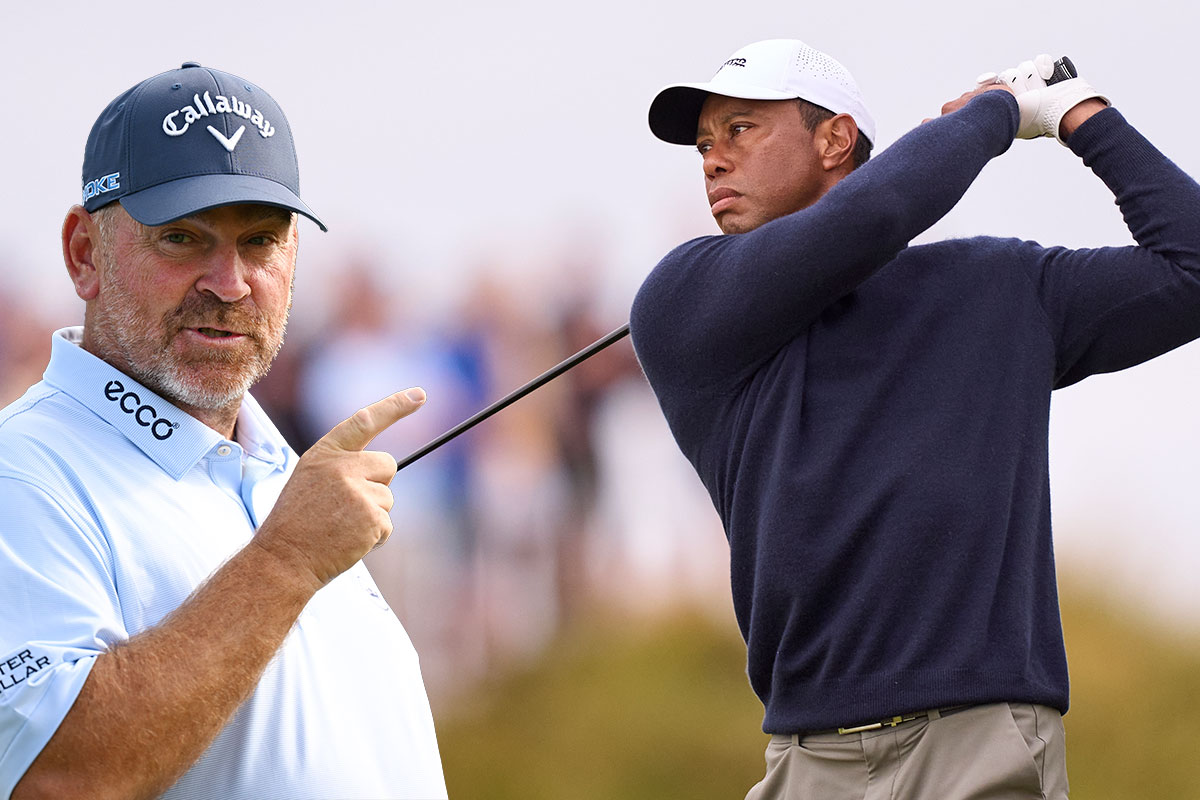 Thomas Bjorn Shares An Invaluable Scoring Tip He Learned From Tiger Woods
Thomas Bjorn Shares An Invaluable Scoring Tip He Learned From Tiger WoodsThomas Bjorn shares a superb tee to green masterclass, including some invaluable scoring advice from Tiger Woods, in a bid to help you improve on the course
By Barry Plummer
-
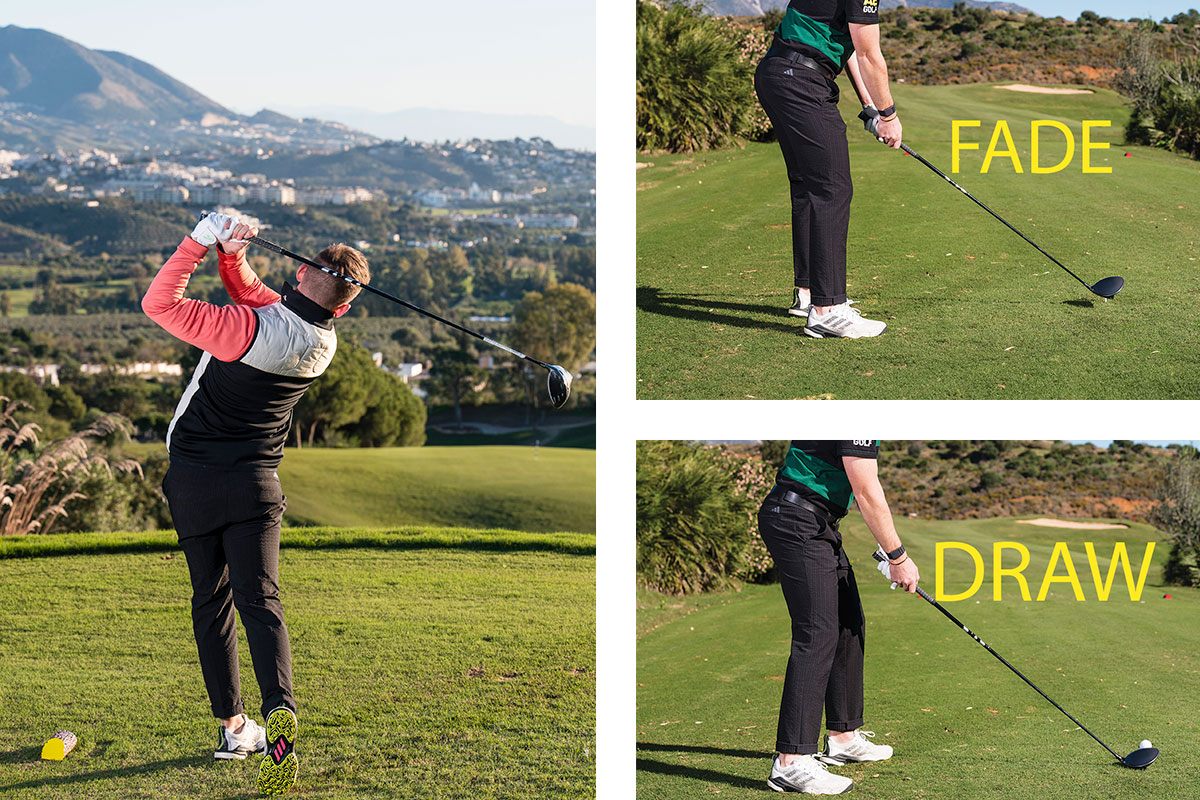 I Had No Idea It Was This Easy To Hit Draws And Fades... You Have To Try This Foolproof Formula Now
I Had No Idea It Was This Easy To Hit Draws And Fades... You Have To Try This Foolproof Formula NowWhen Top 50 Coach Alex Elliott shared this simple formula with me, I could not believe how easy it was to draw and fade the golf ball... you have to try it!
By Barry Plummer
-
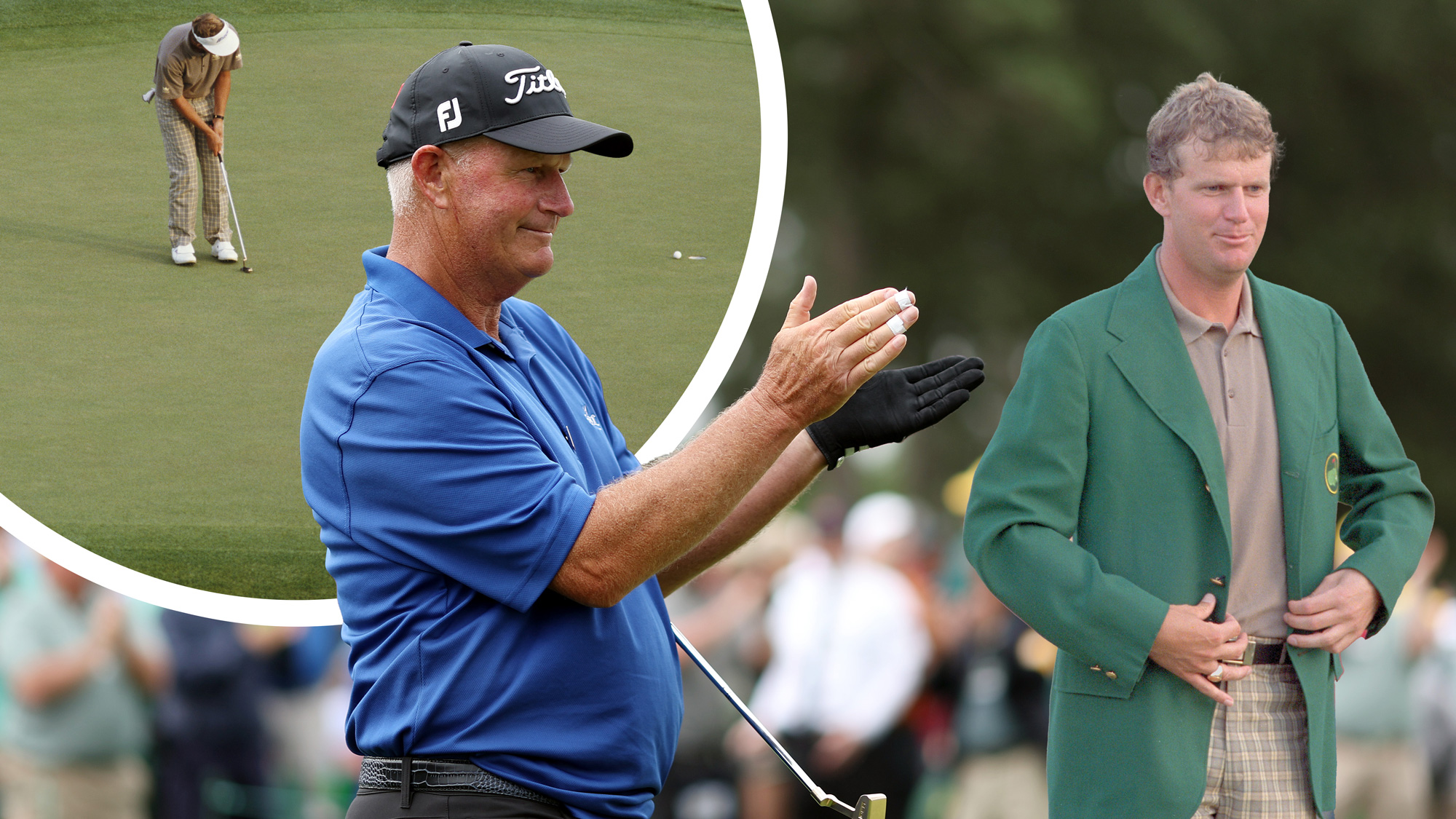 Sandy Lyle Shared 3 Top Tips With Us Prior To Winning The Masters in 1988... And They Could Still Save You Shots 37 Years Later
Sandy Lyle Shared 3 Top Tips With Us Prior To Winning The Masters in 1988... And They Could Still Save You Shots 37 Years LaterThe 1988 Masters Champion shared his expert tips in the January 1988 issue of Golf Monthly, but they are still absolute gems for amateur golfers to this day...
By Barry Plummer
-
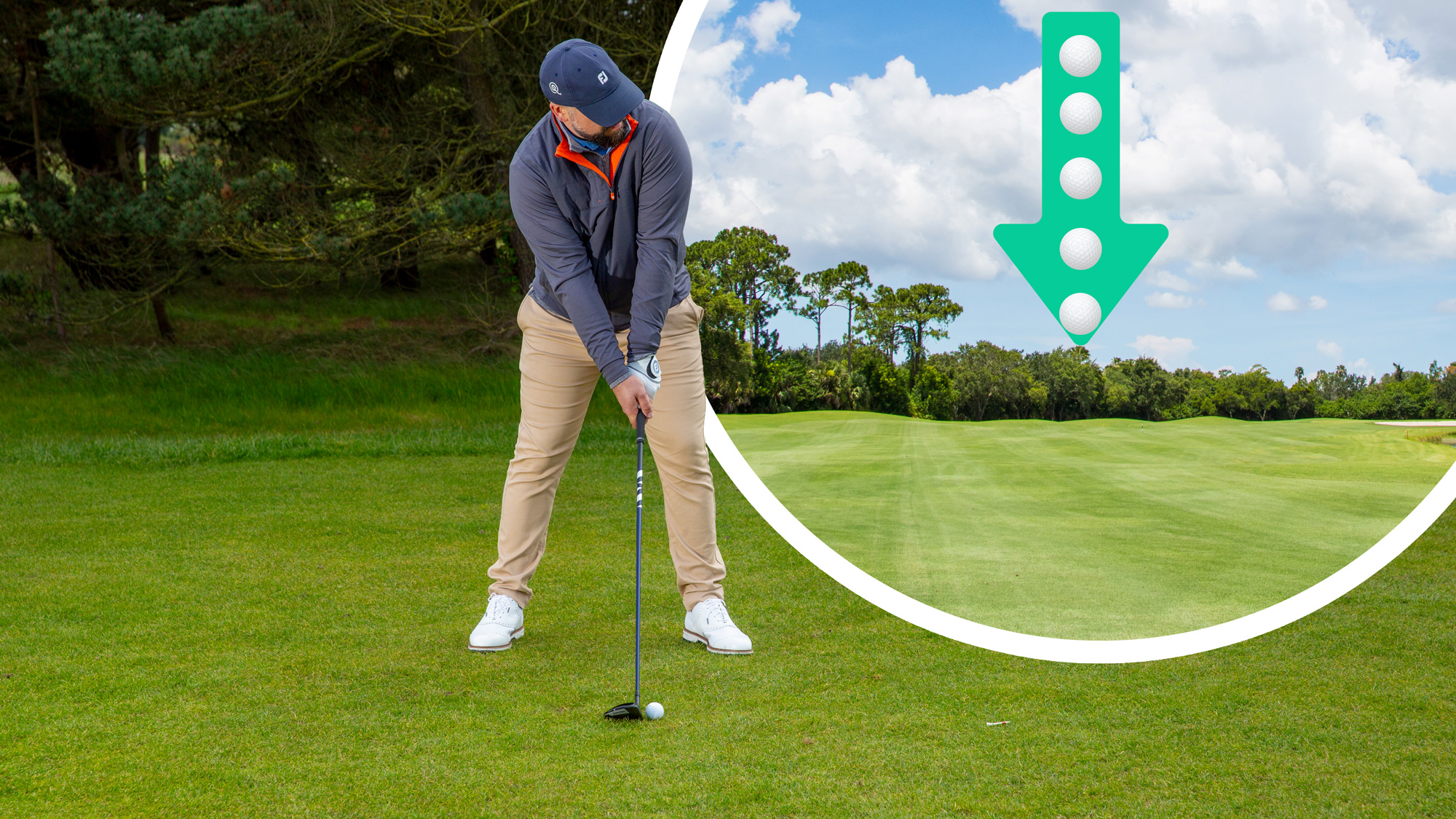 Are You More Accurate Than The Average Amateur Golfer? Peter Finch Can Help You Hit More Fairways In 2025
Are You More Accurate Than The Average Amateur Golfer? Peter Finch Can Help You Hit More Fairways In 2025There is no better feeling than striping one down the middle of the fairway, but many amateurs struggle with accuracy. Peter Finch has four pro tips to help...
By Barry Plummer
-
 Are You A Victim Of This Destructive Golf Swing Fault? Let Me Help You Fix It Before You Tee It Up This Weekend
Are You A Victim Of This Destructive Golf Swing Fault? Let Me Help You Fix It Before You Tee It Up This WeekendAn overswing in golf is a destructive habit which can cost us precious shots on the golf course, but PGA Pro John Jacobs has a quick fix to get us game ready...
By Barry Plummer
-
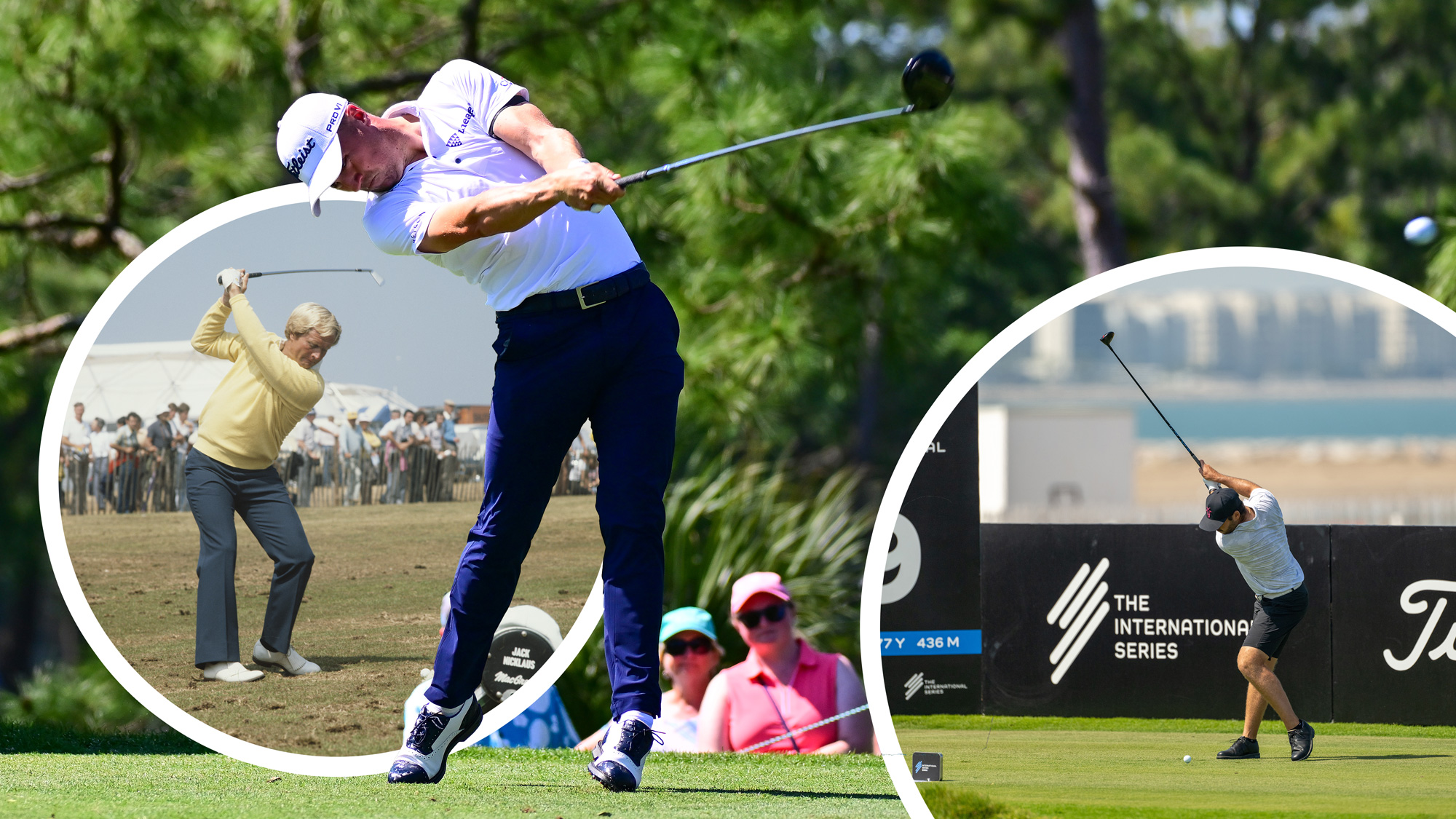 Do You Struggle With Distance Off The Tee? Try This Quick Fix To Make 2025 Your Biggest Golf Season Yet
Do You Struggle With Distance Off The Tee? Try This Quick Fix To Make 2025 Your Biggest Golf Season YetStruggling with distance off the tee could be a major reason why your handicap isn't coming down or your scores aren't improving, but our quick fix can help...
By Barry Plummer
-
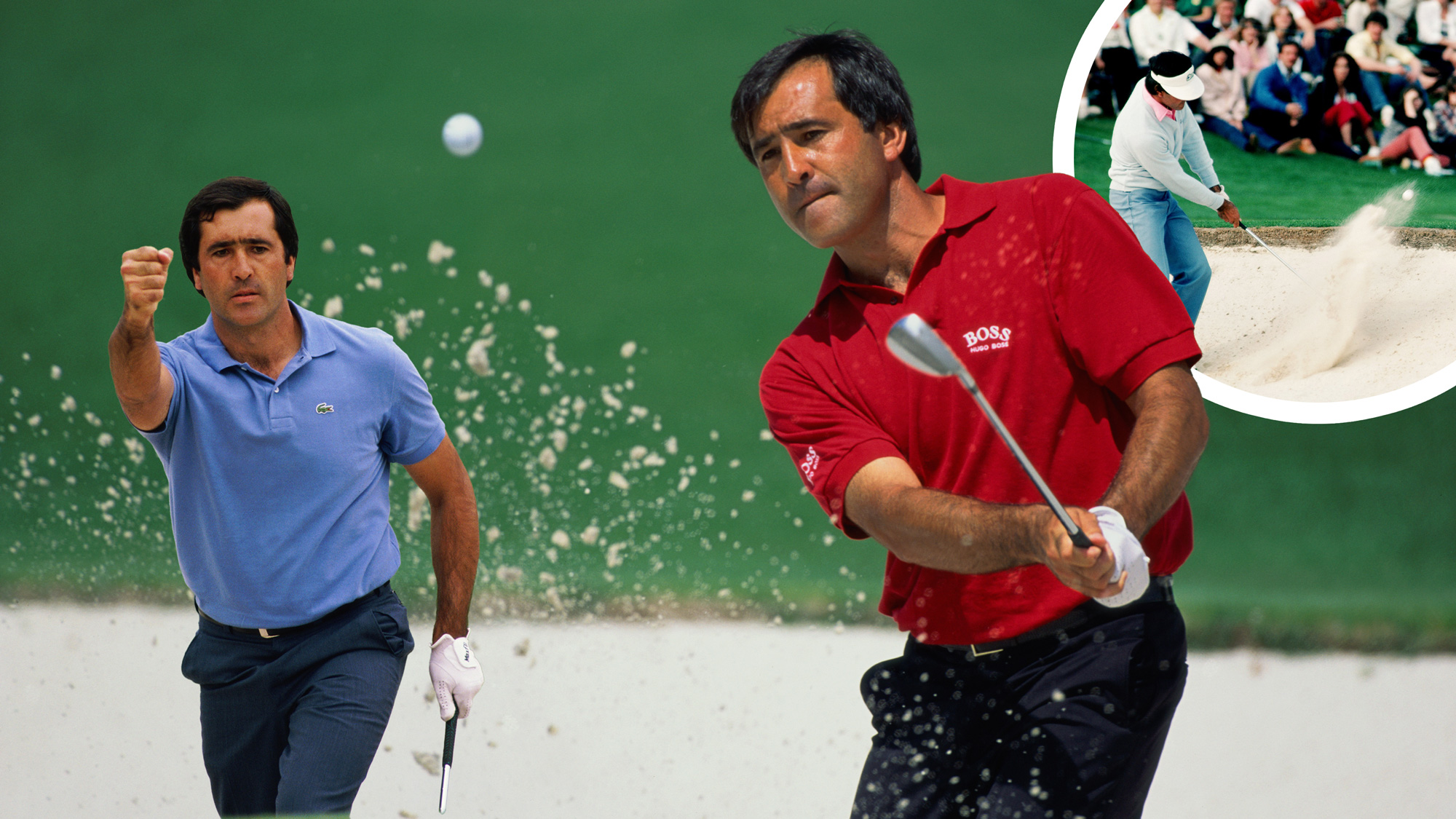 Seve's 'Lost' Bunker Lesson: Master Slopes And Transform Your Short Game Today
Seve's 'Lost' Bunker Lesson: Master Slopes And Transform Your Short Game TodaySeve's forgotten bunker lesson, from Golf Monthly's August 1983 issue, could hold the secret to better bunker play and supercharging your short game this season
By Barry Plummer
-
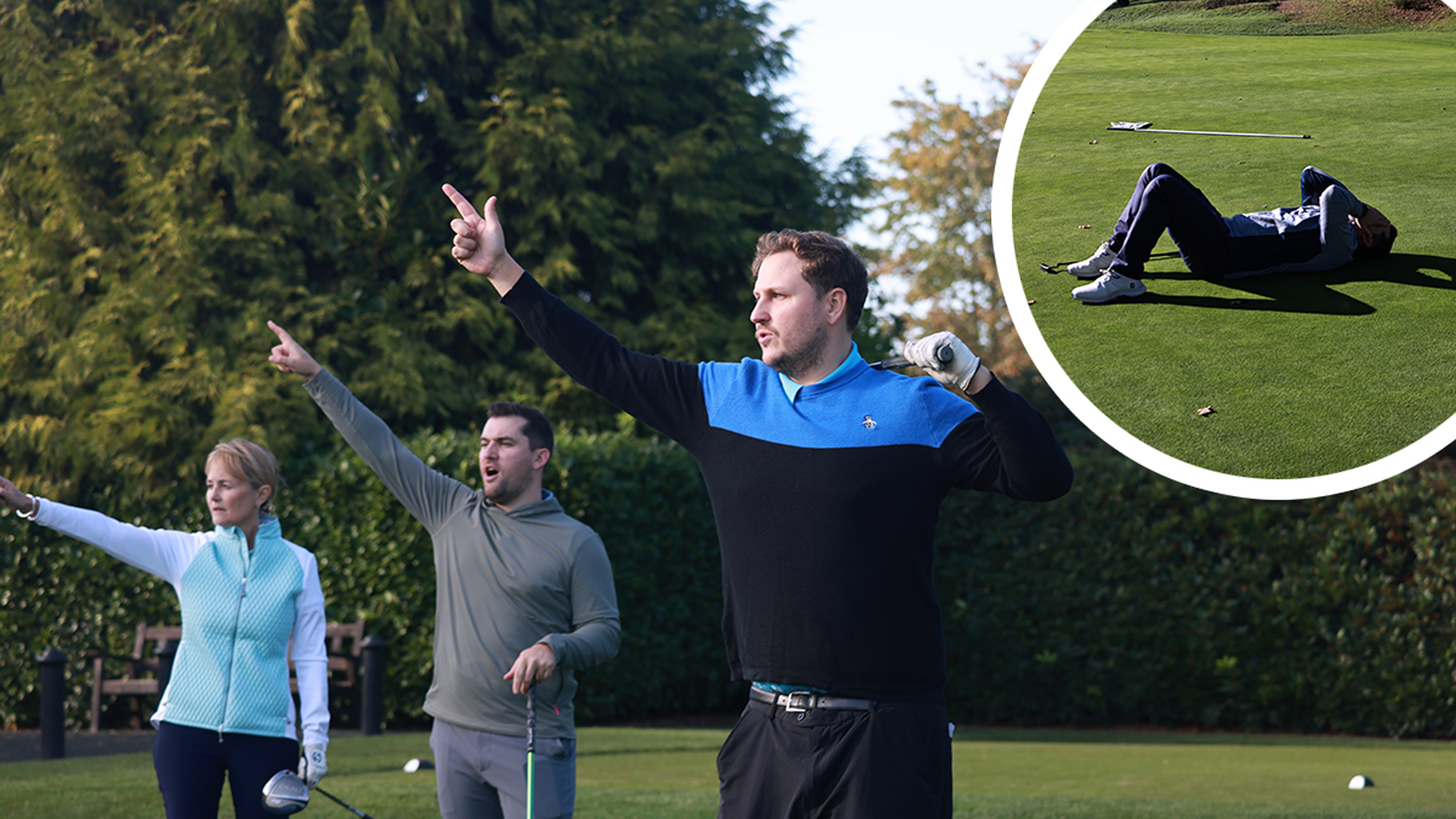 Is Your Golf Swing Failing You? This All-Encompassing Drill Can Instantly Save It
Is Your Golf Swing Failing You? This All-Encompassing Drill Can Instantly Save ItAre you struggling with your golf swing? Discover the all-encompassing drill that can fix common swing faults and restore your game. Get back on track today!
By Tom Motley